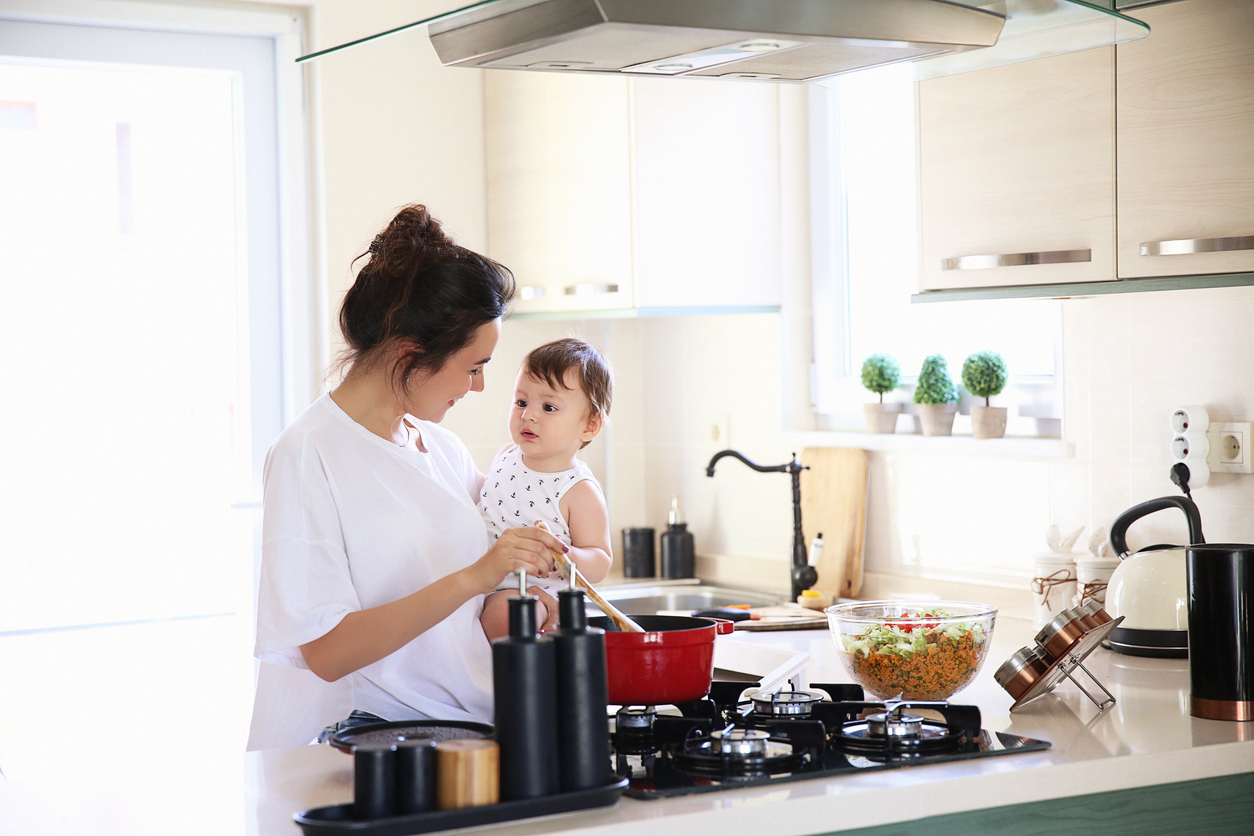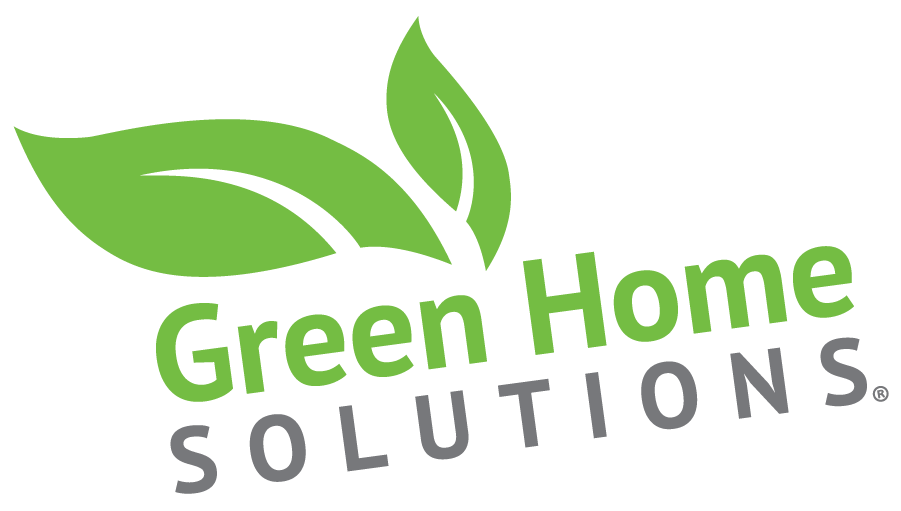When wildfires rage across the country, the focus is often on the visible smoke filling the sky. News reports warn about air quality, urging people to stay indoors to escape the dangerous fine particles and pollutants. But what if the air inside your home isn’t much better?
Many everyday household activities and appliances produce the same hazardous pollutants found in wildfire smoke—sometimes at even higher concentrations. From gas stoves to fireplaces, your home may be harboring invisible air quality threats that could be just as harmful as wildfire smoke exposure.

What Makes Wildfire Smoke So Dangerous?
Wildfire smoke is dangerous because it contains PM2.5, an extremely fine particulate matter that can penetrate deep into the lungs and enter the bloodstream. These particles are known to:
- Aggravate asthma and respiratory conditions
- Increase the risk of heart attacks and strokes
- Cause irritation in the eyes, throat, and lungs
- Contribute to long-term lung disease
But here’s the kicker—PM2.5 isn’t just found in wildfire smoke. It’s also produced by many common indoor sources that you may not even think twice about.
Indoor Air Pollution: The Silent Wildfire in Your Home
You may not smell smoke or see an orange haze, but certain everyday activities are releasing wildfire-level pollutants inside your home. Here are some of the worst offenders:
1. Gas Stoves: A Hidden Health Hazard
Gas stoves might be a convenient cooking tool, but they are a major source of indoor pollution. Every time you turn on a gas burner, you release:
PM2.5 – The same tiny particles found in wildfire smoke
Nitrogen dioxide (NO₂) – A pollutant that inflames the lungs and can worsen asthma, especially in children
Carbon monoxide (CO) – A deadly gas that can cause dizziness, confusion, and in high levels, fatal poisoning
Research has shown that cooking with a gas stove without proper ventilation can create pollution levels that exceed EPA outdoor air quality standards—meaning your kitchen air might be as bad or worse than wildfire smoke on a bad day.
2. Fireplaces & Wood Stoves: Cozy but Toxic
There’s nothing like a warm fire on a cold evening, but burning wood indoors is essentially creating your own personal wildfire. A wood-burning fireplace or stove releases:
PM2.5 and VOCs – The same fine particles and volatile organic compounds that make wildfire smoke dangerous
Benzene & Formaldehyde – Known carcinogens linked to respiratory issues and long-term health risks
Carbon Monoxide – Even small leaks can cause serious health effects
Even modern EPA-certified wood stoves still release pollutants that can linger in the air for hours, increasing health risks for those inside.
3. Candles & Incense: Small but Mighty Polluters
Many people love the scent and ambiance of candles and incense, but burning these can release harmful pollutants, including:
Soot and PM2.5 – Tiny particles that enter the lungs and bloodstream
Formaldehyde and Acetaldehyde – Chemical irritants that can cause respiratory issues
Synthetic Fragrances – Some scented candles release compounds that contribute to poor indoor air quality
If you wouldn’t light a wildfire in your living room, you may want to rethink how often you burn candles indoors.
4. Cleaning Products: More Than Just a Fresh Scent
Many household cleaning products release volatile organic compounds (VOCs) that contribute to indoor air pollution. These VOCs react with other airborne chemicals to form secondary pollutants, including formaldehyde, which can irritate the lungs and trigger respiratory issues.
Common culprits include:
- Aerosol sprays
- Disinfectants
- Air fresheners
- Bleach-based cleaners
Even products labeled as “green” or “natural” can emit VOCs, making ventilation key when cleaning.
5. Poor Ventilation & HVAC Systems: Trapping the Bad Air Inside
Even if you aren’t actively burning wood or cooking on a gas stove, your indoor air may still be filled with pollutants simply because of poor ventilation. Many homes are sealed too tightly, trapping pollutants indoors and allowing them to build up over time.
If your HVAC system isn’t equipped with high-efficiency filters (MERV 13 or higher), it’s likely circulating pollutants rather than removing them. Without proper air exchange, your home can become a toxic air bubble—even with the windows closed.
How to Clear the Air in Your Home
The good news? You don’t need to live in wildfire smoke conditions indoors. Here are some steps to improve indoor air quality and reduce exposure to harmful pollutants:
Improve Ventilation – Use range hoods when cooking, crack windows when possible, and consider an air exchange system.
Upgrade Your HVAC Filters – Use a MERV 13 or higher filter to trap fine particles.
Switch to Electric Cooking – If possible, replace gas stoves with induction or electric alternatives.
Reduce Indoor Burning – Limit use of fireplaces, wood stoves, and candles.
Use an Air Purifier – Choose one with a HEPA filter to remove fine particulate matter.
Choose Safer Cleaning Products – Opt for fragrance-free, low-VOC cleaning products.
Final Thoughts: Your Air Shouldn’t Be as Bad as a Wildfire
Wildfires serve as a wake-up call about the dangers of air pollution, but the reality is that many homes already have similar—if not worse—indoor air conditions. Gas stoves, fireplaces, candles, and even cleaning products are constantly releasing pollutants that impact your health.
By taking steps to improve indoor air quality, you can protect your family from the invisible wildfire happening inside your home every day. If you’re concerned about the air you’re breathing, Green Home Solutions offers expert indoor air quality testing and solutions to help you clear the air—because you deserve to breathe clean, healthy air year-round.
Contact us today to learn more!
